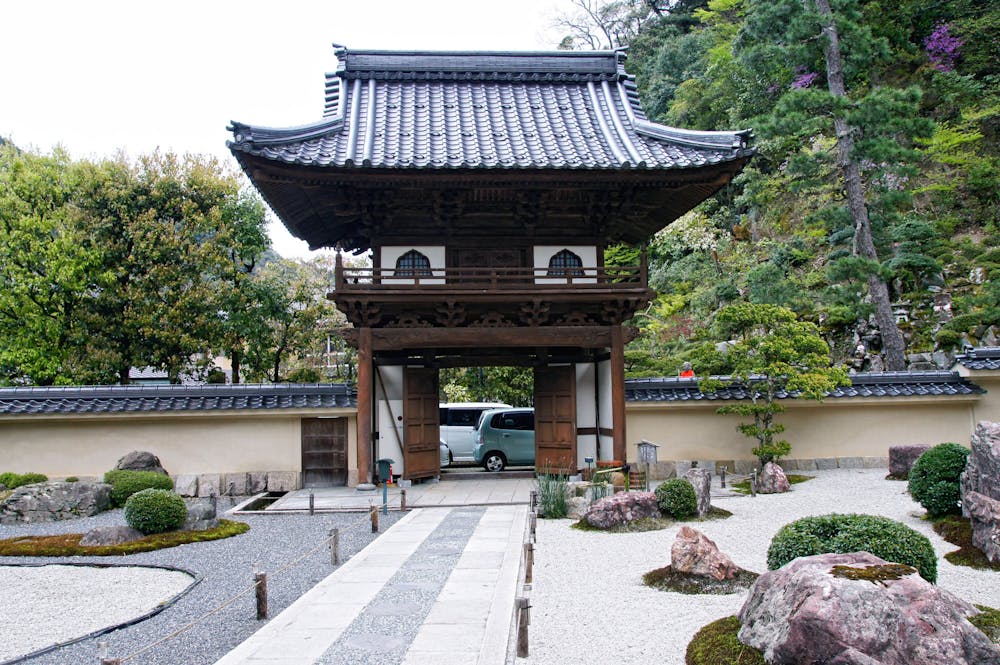After several anonymous donations, Western Washington University is launching a new art history lecture series.
“We had these donors come forward and recognize the art historians on the faculty, and [they] dedicated some money to our research, and then asked if they could help by giving us a budget for a speaker series,” said Julia Sapin, an art history professor at Western.
The first lecture, titled “Miriam Chusid: Navigating Death and the Afterlife in Premodern Japan,” was presented earlier this quarter in Miller Hall. The lecturer, Miriam Chusid, is a professor of Japanese art and visual culture at the University of Washington.
Chusid’s work as a professor, researcher and author, largely focuses on Japanese Buddhist art of the premodern period. She is currently writing a book about images of Buddhist hells.
Attendees were presented with two different sets of 14th century Japanese paintings. These paintings are owned by temples Gokurakuji in Hyōgo Prefecture and Konkaikōmyōji in Kyoto.
“This is kind of [a] strange thing. Why produce hell paintings for deathbed rituals?” Chusid said. “I’m thinking about how hell paintings encouraged Buddhist practice, and how actually they offer a tremendous amount of hope for somebody for their afterlife, even though it doesn't look like it on the surface.”
Although these paintings were originally produced hundreds of years ago, Chusid still thinks people today can learn something from their ancient ideas surrounding death and the afterlife.
“One thing that I hope that people can get out of it — [that death is] not a taboo topic to talk about. [I think it could] spur conversation to talk about this thing that's going to happen to everybody,” Chusid said. “[Death] was something that people talked about quite regularly — that was a part of your everyday life. People were worried about it, of course, but [they had] these kinds of tools that they could use to confront these fears and anxieties.”

Exterior of the Western Gallery. The Western Gallery displays various exhibitions along with the gallery’s permanent collection. // Photo by Madeline Thielman.
Having someone like Chusid at Western is exciting for both students and faculty alike.
“It’s very rare to have someone who can really help us understand these paintings,” Sapin said. There are a limited number of experts who specialize in East Asian Buddhist art. “[These paintings], they're very rare, they're very difficult to get in and to actually see.”
For second-year fine arts major Abby Barker, she sees the series as “a really great resource.”
“I think as artists, we often draw a lot of our inspiration from work that past artists have done, and especially from people throughout different cultures,” Barker said. “So I think being able to have access to that is going to [inspire] some really cool art.”
To learn more about future lectures in the series, visit the Western Gallery’s upcoming events page.
Madeline Thielman is a campus life reporter for The Front this quarter. She is a fourth-year journalism/public relations major and business administration minor. In her free time, she enjoys hanging out with her dog, spending time outdoors, and all things travel. You can reach her at madelinethielman.thefront@gmail.com






